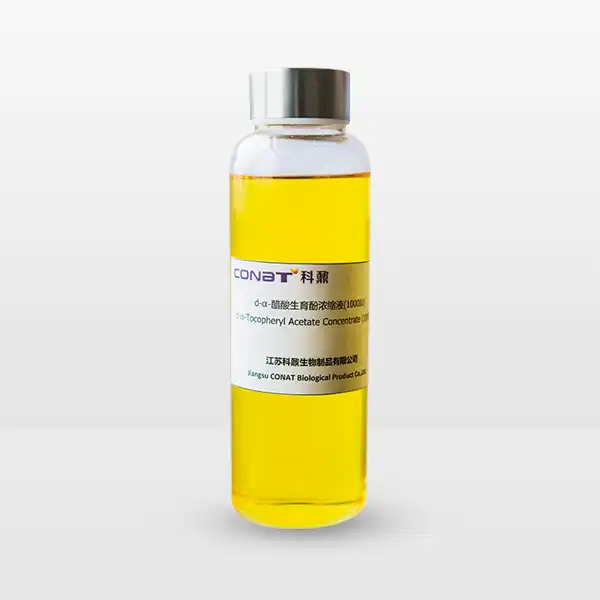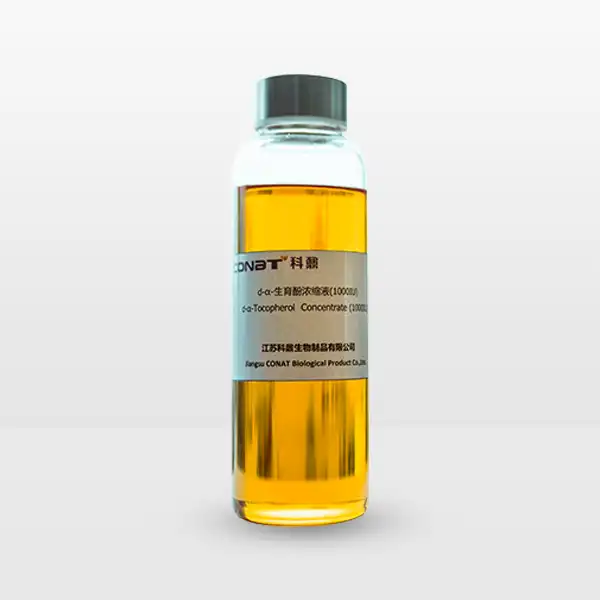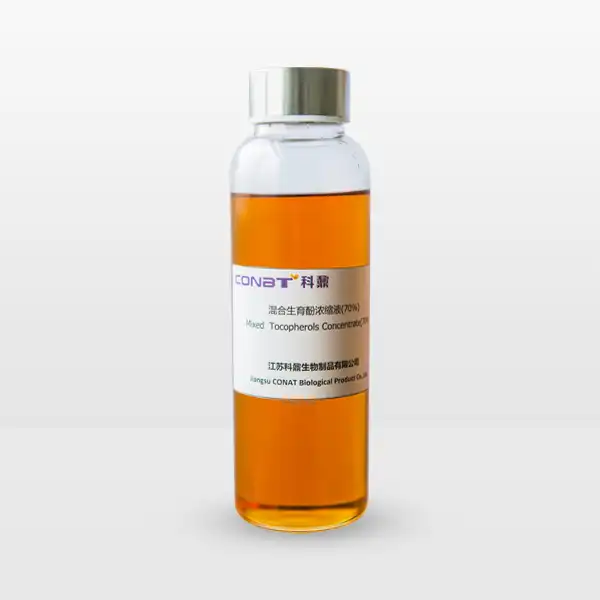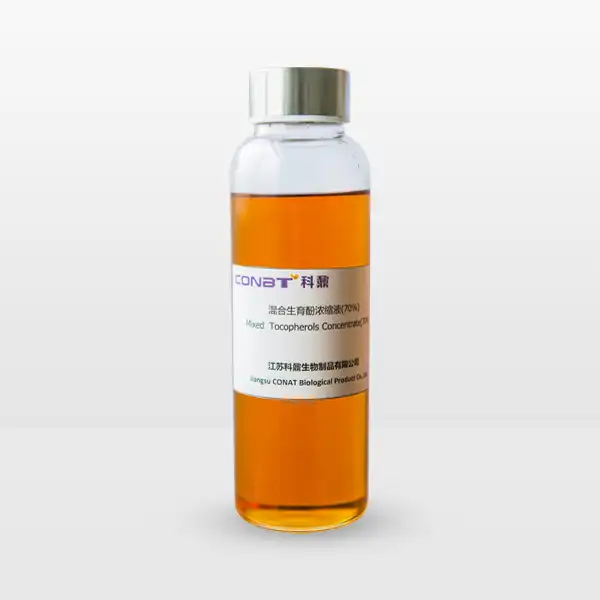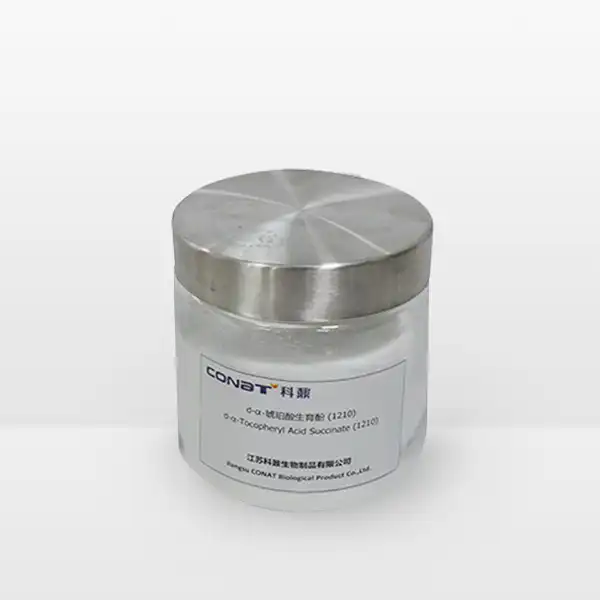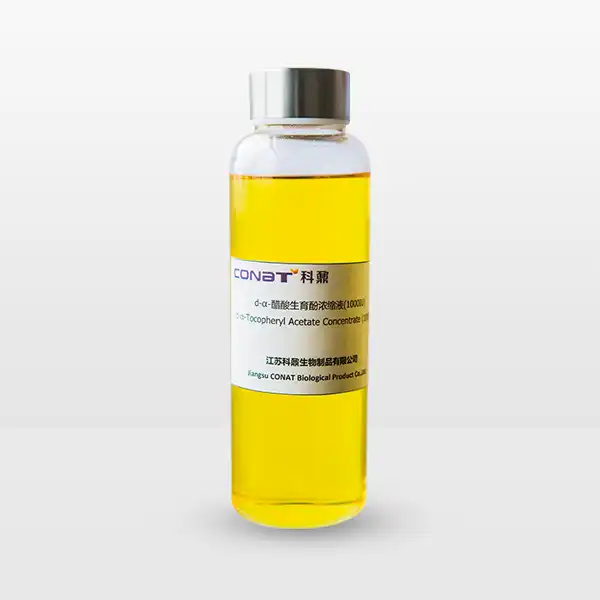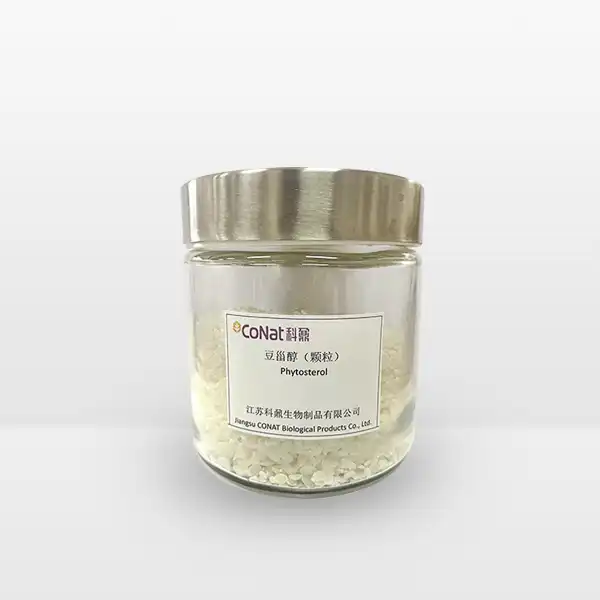- English
- French
- German
- Portuguese
- Spanish
- Russian
- Japanese
- Korean
- Arabic
- Greek
- German
- Turkish
- Italian
- Danish
- Romanian
- Indonesian
- Czech
- Afrikaans
- Swedish
- Polish
- Basque
- Catalan
- Esperanto
- Hindi
- Lao
- Albanian
- Amharic
- Armenian
- Azerbaijani
- Belarusian
- Bengali
- Bosnian
- Bulgarian
- Cebuano
- Chichewa
- Corsican
- Croatian
- Dutch
- Estonian
- Filipino
- Finnish
- Frisian
- Galician
- Georgian
- Gujarati
- Haitian
- Hausa
- Hawaiian
- Hebrew
- Hmong
- Hungarian
- Icelandic
- Igbo
- Javanese
- Kannada
- Kazakh
- Khmer
- Kurdish
- Kyrgyz
- Latin
- Latvian
- Lithuanian
- Luxembou..
- Macedonian
- Malagasy
- Malay
- Malayalam
- Maltese
- Maori
- Marathi
- Mongolian
- Burmese
- Nepali
- Norwegian
- Pashto
- Persian
- Punjabi
- Serbian
- Sesotho
- Sinhala
- Slovak
- Slovenian
- Somali
- Samoan
- Scots Gaelic
- Shona
- Sindhi
- Sundanese
- Swahili
- Tajik
- Tamil
- Telugu
- Thai
- Ukrainian
- Urdu
- Uzbek
- Vietnamese
- Welsh
- Xhosa
- Yiddish
- Yoruba
- Zulu
Is Tocopheryl Succinate Good for Reducing Wrinkles or Fine Lines?
As we age, the quest for effective anti-aging ingredients becomes increasingly important, and Tocopheryl Succinate has emerged as a promising candidate in the battle against skin aging. This powerful derivative of Vitamin E has gained significant attention in the skincare community for its potential to combat wrinkles and fine lines. Acting as a stable and potent antioxidant, Tocopheryl Succinate offers unique benefits that make it particularly effective for addressing various signs of aging. Understanding its role in skincare and its specific benefits for wrinkle reduction can help you make informed decisions about incorporating this ingredient into your anti-aging routine.
How Does Tocopheryl Succinate Compare to Other Forms of Vitamin E in Skincare?
Tocopheryl Succinate stands out among various Vitamin E derivatives due to its unique molecular structure and enhanced stability. This form of Vitamin E is created by combining alpha-tocopherol with succinic acid, resulting in a more stable and potentially more effective compound for skincare applications. Unlike other forms of Vitamin E, such as tocopherol acetate or pure tocopherol, Tocopheryl Succinate demonstrates superior penetration abilities through the skin barrier, allowing it to deliver its benefits more effectively to the deeper layers of the skin where collagen and elastin production occur.
The enhanced stability of Tocopheryl Succinate makes it particularly valuable in skincare formulations. While traditional forms of Vitamin E can oxidize quickly when exposed to air and light, potentially reducing their effectiveness, Tocopheryl Succinate maintains its potency for longer periods. This stability ensures that the active ingredient remains effective throughout the product's shelf life, providing consistent benefits to the skin. Additionally, research has shown that Tocopheryl Succinate may have superior antioxidant properties compared to other Vitamin E derivatives, making it more effective at neutralizing free radicals that contribute to premature skin aging.
Furthermore, Tocopheryl Succinate demonstrates enhanced bioavailability compared to other forms of Vitamin E. When applied topically, it can be more readily absorbed and utilized by skin cells, potentially leading to better results in terms of wrinkle reduction and skin improvement. This improved bioavailability means that lower concentrations of the ingredient may be needed to achieve desired results, potentially reducing the risk of skin irritation while maintaining efficacy.
What Are the Specific Anti-aging Mechanisms of Tocopheryl Succinate?
The anti-aging properties of Tocopheryl Succinate work through multiple pathways to combat signs of aging and improve skin appearance. At its core, this compound functions as a powerful antioxidant, protecting skin cells from oxidative stress caused by environmental factors such as UV radiation, pollution, and other free radical sources. This protection is crucial for preventing premature aging and maintaining healthy skin cell function.
One of the primary mechanisms through which Tocopheryl Succinate operates is its ability to stimulate collagen production. Collagen is the essential protein responsible for maintaining skin structure and elasticity, and its production naturally decreases with age. Research has shown that Tocopheryl Succinate can help activate fibroblasts, the cells responsible for producing collagen, potentially leading to improved skin firmness and reduced appearance of wrinkles over time.
The compound also plays a significant role in maintaining skin barrier function and hydration levels. By strengthening the skin's natural barrier, Tocopheryl Succinate helps prevent moisture loss and protects against environmental damage. This improved barrier function can lead to better-hydrated skin, which naturally appears plumper and shows fewer fine lines. Additionally, the ingredient has been shown to help regulate skin cell turnover, promoting the removal of dead skin cells and the generation of new, healthy cells.
What Is the Best Way to Incorporate Tocopheryl Succinate into an Anti-aging Skincare Routine?
For optimal results in reducing wrinkles and fine lines, proper integration of Tocopheryl Succinate into your skincare routine is crucial. The ingredient works best when used consistently as part of a comprehensive anti-aging regimen. Generally, products containing Tocopheryl Succinate are most effective when applied after cleansing and toning, but before heavier moisturizers and sunscreen during your morning routine.
When selecting products containing Tocopheryl Succinate, it's important to consider the formulation and concentration. The ingredient typically performs best in serums or lightweight moisturizers that can easily penetrate the skin. These products should be stored in dark, airtight containers to maintain the stability of the compound. For best results, look for products that combine Tocopheryl Succinate with complementary ingredients such as peptides, niacinamide, or other antioxidants, as these combinations can enhance its anti-aging benefits.
The timing and frequency of application also play crucial roles in maximizing the benefits of Tocopheryl Succinate. While the ingredient is generally safe for twice-daily use, some people may prefer to use it primarily in their evening routine when the skin's natural repair processes are most active. When introducing Tocopheryl Succinate into your skincare routine, it's recommended to start with a lower frequency of use and gradually increase as your skin adjusts to the ingredient.
Layer your skincare products properly to ensure maximum efficacy. After applying a product containing Tocopheryl Succinate, wait a few minutes before applying subsequent products to allow proper absorption. This approach helps ensure that the ingredient can properly penetrate the skin and deliver its anti-aging benefits effectively.
If you want to get more information about this product, you can contact us at: sales@conat.cn.
References:
1. Journal of Cosmetic Dermatology (2021) "Comparative Analysis of Vitamin E Derivatives in Skincare"
2. International Journal of Molecular Sciences (2022) "Tocopheryl Succinate: Mechanisms of Action in Skin Aging Prevention"
3. Dermatologic Therapy (2023) "Advanced Formulations in Anti-aging Skincare: Role of Vitamin E Derivatives"
4. Journal of Investigative Dermatology (2021) "Antioxidant Properties of Tocopheryl Succinate in Topical Applications"
5. Clinical, Cosmetic and Investigational Dermatology (2022) "Optimization of Vitamin E Derivatives for Skincare Applications"
6. Archives of Dermatological Research (2023) "Bioavailability Studies of Various Vitamin E Forms in Topical Applications"
7. Skin Pharmacology and Physiology (2022) "Role of Tocopheryl Succinate in Collagen Synthesis and Skin Barrier Function"
8. Journal of Drugs in Dermatology (2023) "Clinical Efficacy of Tocopheryl Succinate in Anti-aging Formulations"
9. International Journal of Cosmetic Science (2022) "Stability and Efficacy of Vitamin E Derivatives in Cosmetic Formulations"
10. American Journal of Clinical Dermatology (2023) "Modern Approaches to Anti-aging: The Role of Vitamin E Derivatives"
